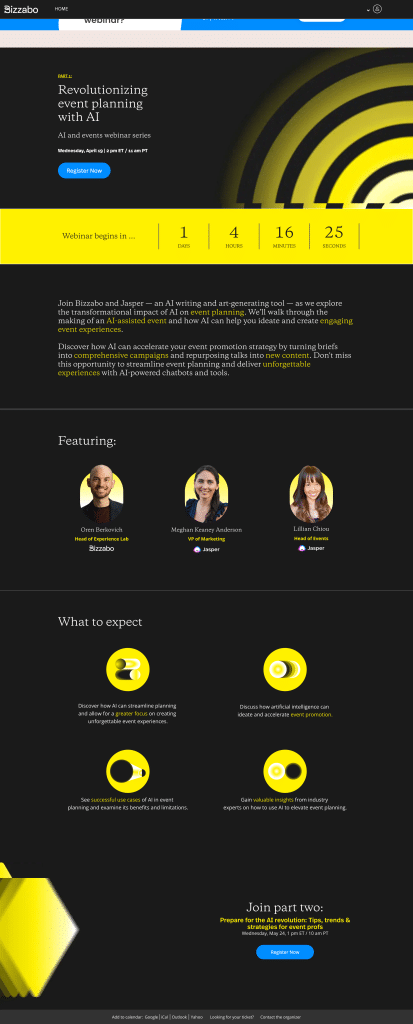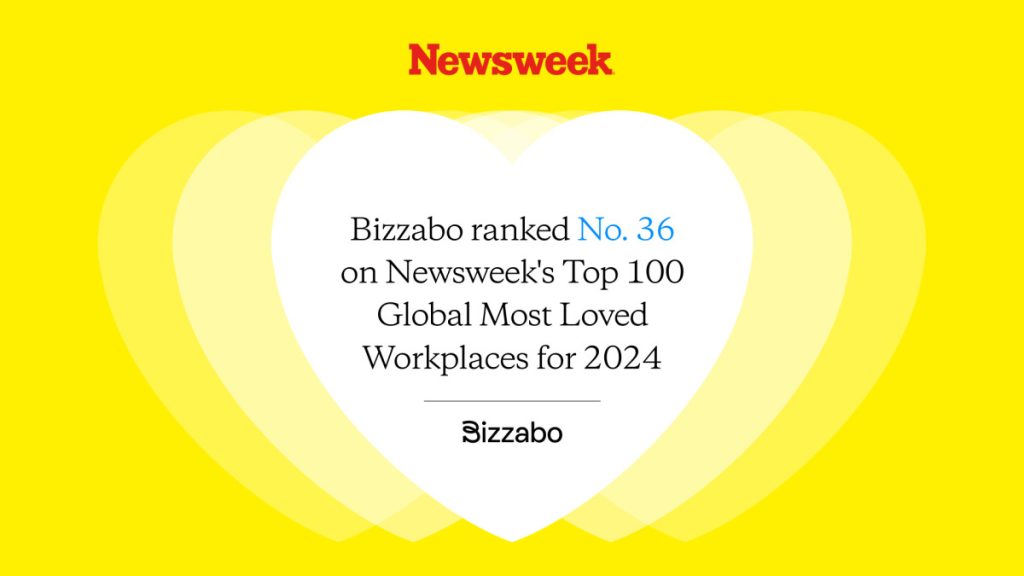12 Steps for Creating a Great Event Marketing Plan


Event marketing can be a complex and time-consuming process, but it is essential for ensuring that your event is a success. A well-crafted marketing plan for events will help you reach your target audience, generate interest in your event, and drive ticket sales.
Curious how to create a marketing plan for an event? Here are 12 steps to help you create a success-oriented marketing plan:
1. Set your goals and objectives.
What do you hope to achieve with your event? Do you want to generate leads, increase brand awareness, or educate your audience? Once you know your goals, you can develop a marketing plan that is tailored to achieve them.
For example, if you are hosting a trade show, you might want to set a goal of generating 100 leads. If you are hosting a conference, you might want to set a goal of increasing brand awareness by 20%.
2. Identify your target audience.
Who are you trying to reach with your event? Once you know your target audience, you can tailor your marketing messages and channels to reach them.
For example, if you are hosting a conference for marketing professionals, you might target people who work in marketing roles at companies of all sizes. You could promote your event on social media, in industry publications, and through email marketing.
3. Create a compelling event message.
What makes your event unique? What value will attendees get from attending? Your event message should communicate the benefits of attending your event and answer the question: “What’s in it for me?”
Attendees should be able to understand precisely what they will receive from attending the event. Not being able to communicate the value proposition through your marketing efforts is a sign that the event content must be better organized and articulated.
Prospective registrants will want to know how they will benefit from attending the event, and the clearer their understanding, the more likely they will attend.
Don’t forget: Someone may want to register for the event, but their manager or another high-level executive must sign off on the purchase. In these instances, it makes sense to create marketing collateral that directly addresses the concerns of these decision makers to speed up the buying process.
Want to help potential registrants convince the right people to let them attend? Read “7 Ways To Help Participants Get Buy-in and Justify Conference Attendance.”
4. Choose the right marketing channels.
Various marketing channels are available, and the proper channels will vary depending on your target audience and budget. Some popular marketing channels include:
- Social media
- Email marketing
- Paid advertising
- Public relations
- Content marketing
For example, if you host a trade show, you might use social media to promote your event to potential attendees. You could also use email marketing to reach past attendees and other industry contacts.
5. Get creative with engaging content.
A content calendar will help you plan and schedule your marketing content in advance. This will help you stay on track and ensure that you are consistently promoting your event.
Your marketing content should be engaging and informative. It should be designed to capture attention and encourage people to learn more about your event.
Sometimes it is best to show people why they’ll enjoy the event instead of telling them. Effective event marketing plans should include images and videos from previous events to help potential attendees visualize what being part of the event will be like. Using video testimonials helps to further solidify the experience within the minds of prospective registrants.
6. Build a Compelling Event Website
The event website is where your prospective attendees convert to actual attendees. For that reason alone, it’s arguably one of your most essential pieces of marketing collateral.
An exceptional event website is a marketing strategy in and of itself, as a positive user experience will yield higher enthusiasm for the actual event. With that in mind, invest considerable time and effort into building an event website that is well-designed in terms of appearance and user experience. The example below may serve as a helpful reference for website design.
When developing the aesthetic of your event website, make sure to let your event brand shine. Using consistent colors and fonts on all pages will unify the brand and keep the event memorable for website visitors.

7. Promote your event early and often.
The earlier you start promoting your event, the more time you will have to reach your target audience. You should promote your event regularly leading up to the event date.
Create an email marketing strategy to send several emails to keep the audience engaged. A nurture email campaign aims to gradually nudge the recipient toward the desired action (e.g., registering for the event) through emails. The timing of each message should be spread out so as not to flood the recipient’s inbox and create an unpleasant experience.
In addition to timing, your emails should be segmented so that each message is as relevant to the recipient as possible. Filtering by job description, geographic location, and industry are good ways to ensure relevant messages are sent to the right people, leading to higher click-through rates and, thus, more registrations.
8. Coordinate event co-marketing initiatives with sponsors
Just as attendees can take part in the event marketing plan, sponsors can also collaborate to create co-marketing strategies. Sponsors also have a strong incentive to have a high number of attendees, which will mean a larger audience for their onsite event marketing goals.
Be creative and proactive in creating co-marketing strategies that serve both you and your sponsors’ interests. A simple way to do this is to include sponsors’ logos and brand colors on marketing collateral. The below example shows how Bizzabo and CloserIQ came together to co-promote an HR event.
9. Turn event attendees into advocates
Remember that event promotion does not only have to be from the organizer’s side. Attendees can also advocate on your behalf by encouraging their networks to register for the event. This can happen as a result of genuine enthusiasm from attendees but creating an incentive to share the event is also an effective solution.
The TicketBoost feature in Bizzabo’s event marketing platform is one tool that helps event professionals do this. Attendees receive a retroactive discount if people register with the link they shared on their social media. This incentivized way of sharing your event organically through your attendees’ social networks easily turns your attendees into event advocates.
10. Track your results with KPIs.
All good marketing strategies consist of various channels that aim to convert the target audience. However, simply executing on different initiatives does not constitute a successful strategy.
While it may feel satisfying to have campaigns in AdWords, email, and social media happening simultaneously, these initiatives mean very little if the success is not defined or measured. For each marketing initiative, set specific KPIs to properly measure success throughout the campaign.
How many times is your event website being shared on social? What is the click-through rate for keyword biddings on AdWords? Establishing KPIs is essential to understanding the performance level of each campaign.
The ultimate KPI that any event marketer wants to measure is the total number of event registrations. More specifically, they want to know which channels lead to the most completed registrations.
To get accurate insight into this question, your platforms should be integrated so that each database can talk to one another. Being able to integrate all campaigns into the main event management platform is key to properly attributing to each registration to the correct campaign.
The resulting insights will inform future event marketing strategies by indicating the most effective channels. Software integrations make it easier to keep track of progress while keeping KPIs clean and consistent across platforms.
11. Make adjustments as needed.
As you track your results, you may need to adjust your marketing plan. This is perfectly normal. The key is to be flexible and willing to adapt as needed. For example, if you are not seeing enough traffic to your event website, you might need to change your marketing message or target a different audience.
12. Follow up with attendees and iterate!
After your event, be sure to follow up with attendees. This is a great opportunity to thank them for attending and to gather feedback on your event. You could send a thank-you email, survey, or host a post-event networking event.
Want to follow-up like a pro? Read “51 Event Survey Questions You Need To Ask For the Best Insights.”
Editor’s note: This article was originally published in 2021 and has been updated for relevance and quality.


